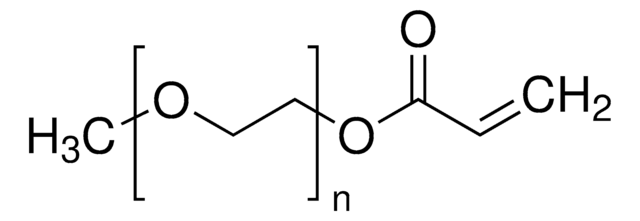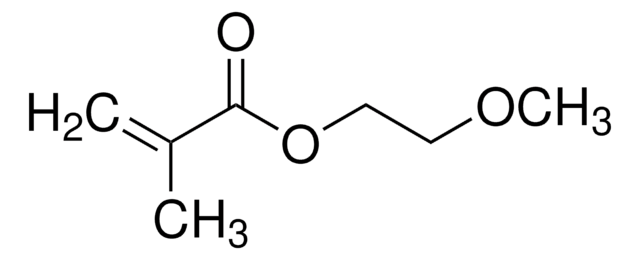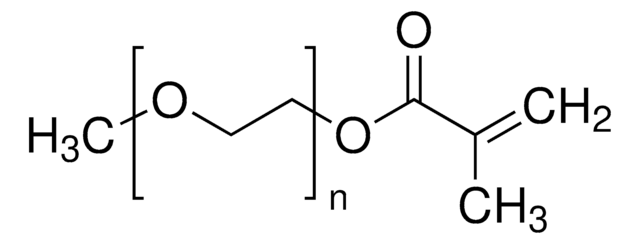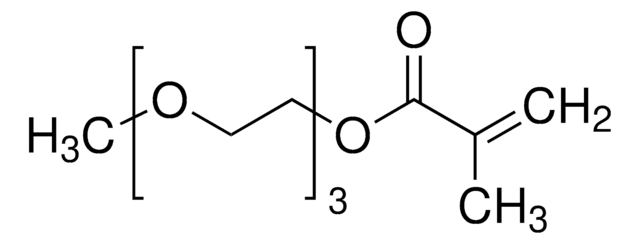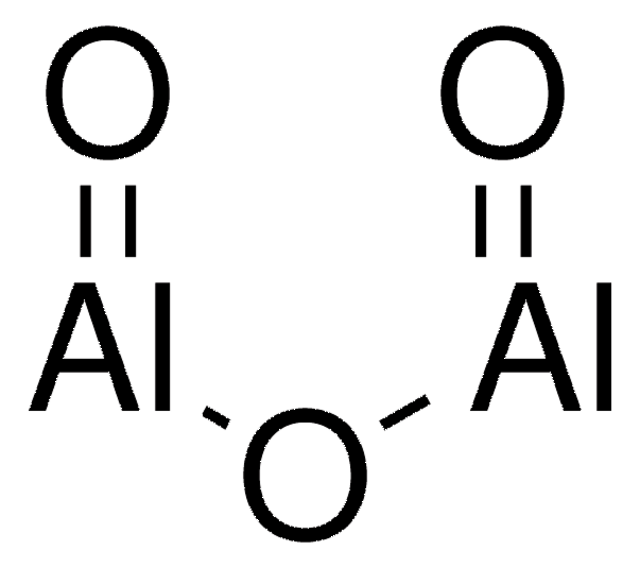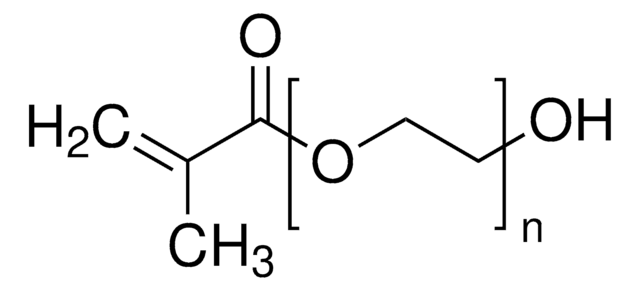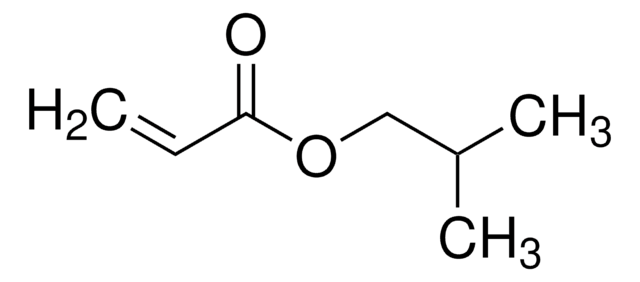408913
Ethylene glycol methyl ether acrylate
contains 50-100 ppm MEHQ as inhibitor, 98%
Sinonimo/i:
2-Methoxyethyl acrylate
About This Item
Prodotti consigliati
Saggio
98%
Stato
liquid
contiene
50-100 ppm MEHQ as inhibitor
Indice di rifrazione
n20/D 1.427 (lit.)
P. ebollizione
56 °C/12 mmHg (lit.)
Densità
1.012 g/mL at 25 °C (lit.)
Stringa SMILE
COCCOC(=O)C=C
InChI
1S/C6H10O3/c1-3-6(7)9-5-4-8-2/h3H,1,4-5H2,2H3
HFCUBKYHMMPGBY-UHFFFAOYSA-N
Categorie correlate
Descrizione generale
Avvertenze
Danger
Indicazioni di pericolo
Classi di pericolo
Acute Tox. 3 Dermal - Acute Tox. 3 Inhalation - Acute Tox. 4 Oral - Aquatic Chronic 3 - Eye Dam. 1 - Flam. Liq. 3 - Muta. 2 - Repr. 1B - Skin Corr. 1C - Skin Sens. 1 - STOT RE 2
Rischi supp
Codice della classe di stoccaggio
3 - Flammable liquids
Classe di pericolosità dell'acqua (WGK)
WGK 3
Punto d’infiammabilità (°F)
140.0 °F
Punto d’infiammabilità (°C)
60 °C
Dispositivi di protezione individuale
Eyeshields, Faceshields, Gloves, type ABEK (EN14387) respirator filter
Scegli una delle versioni più recenti:
Possiedi già questo prodotto?
I documenti relativi ai prodotti acquistati recentemente sono disponibili nell’Archivio dei documenti.
I clienti hanno visto anche
Il team dei nostri ricercatori vanta grande esperienza in tutte le aree della ricerca quali Life Science, scienza dei materiali, sintesi chimica, cromatografia, discipline analitiche, ecc..
Contatta l'Assistenza Tecnica.